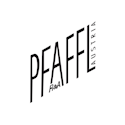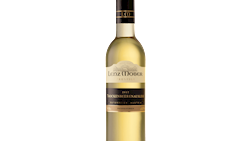TABLE OF CONTENTS
Best Austrian Wine Types
This famed dry white wine is produced mostly in Austria and, in a smaller part, Slovakia and the Czech Republic. It is believed to date back to Roman times while its name is derived from Veltlin—German for Valtellina valley in the north of Italy.
Veltliner wines do not have a significant shelf life and are best enjoyed within two years of bottling. Dry and delicate, with flavors of green pepper and lime, Grüner Veltliner has a reputation of being a particularly food-friendly wine and is a popular offering on restaurant wine lists.
THE BEST Grüner Veltliner Wine Varieties
Zweigelt is the most planted red grape variety in Austria that can be incorporated into blends, but it is mostly used in the production of light and young or aged varietal wines. The grape was created in 1922 as a cross between Blaufränkisch and St. Laurent, and it was initially named Rotburger.
The best expressions of varietal Zweigelt are fruity, lively, and aromatic. They will typically have bright acidity and aromas of red berries that are usually accompanied by spicy and peppery nuances. The wine is a perfect accompaniment to grilled meat and vegetables, white meat, and it may also be an excellent match to seafood, especially if made with a tomato sauce.
THE BEST Zweigelt Wine Varieties


Gebrüder Nittnaus Gols
Nittnaus - Zweigelt Selection
Frankfurt International Trophy - Grand Gold 2019

Krug Gumpoldskirchen
Weingut Krug - die Rote Versuchung
Frankfurt International Trophy - Grand Gold 2019

Blaufränkisch is an Austrian grape variety that is mostly used in the production of fruit-forward varietal wines. This late-ripening grape is cultivated in several wine regions, but Burgenland remains its stronghold. The best expressions of Austrian Blaufränkisch are medium-bodied wines with spicy notes of red and dark berries, refreshing acidity, and firm, but not overpowering tannins.
These wines pair well with a variety of dishes such as roasted or grilled white meat, beef, game, mushrooms, tomato-based sauces, and various cheese varieties. Although it was first identified in Austria, the origin of Blaufränkisch has not yet been discovered.
THE BEST Blaufränkisch Wine Varieties

Uhudler is a unique type of wine produced in the Burgenland region of Austria.
It's made from hybrid grape varieties that are a cross between Vitis vinifera (the common European wine grape species) and American species of grapes. These grape types were originally introduced to Europe in an attempt to resist phylloxera, a pest that devastated European vineyards in the 19th century.
Gemischter Satz, rooted in Austrian viticulture (particularly within Vienna's wine region), is a distinctive wine defined by its blend of grape varieties. Unlike the modern trend of cultivating and producing single-varietal wines, this traditional approach intermingles different grape types in one vineyard.
When the harvest season arrives, these varied grapes are plucked collectively and then co-fermented, leading to the creation of this multifaceted wine. The practice of growing multiple grape varieties together harks back to a time when diversifying crops was a hedge against potential loss.
Rotgipfler is a native Austrian grape variety that is now mostly cultivated in Thermenregion. The grape was traditionally used in blends—most commonly with Zierfandler—but many producers now see its potential as an excellent varietal grape that can produce aromatic dry and off-dry wines.
It is a pale-skinned grape with vibrant acidity and aromas reminiscent of yellow and tropical fruit, such as peach, pear, melon, and mango. The wines will often have subtle floral, spicy, and almond nuances. They usually have great aging potential.
Rotgipfler is a natural cross between Traminer and Roter Veltliner.
THE BEST Rotgipfler Wine Varieties

Krug Gumpoldskirchen
Weingut Krug - Ried Kreuzweingarten
Frankfurt International Trophy - Grand Gold 2017
Zierfandler is a native Austrian grape from Thermenregion that is used in varietals and blends. It is believed that this late-ripening grape is a cross between Roter Veltliner and an unidentified variety, which is possibly related to the Traminer family.
The grape is thick-skinned, high in sugar, and sensitive to frost and botrytis. It is also known as Spätrot (translates as late red), a name that refers to the distinctive red hue the grapes attain before harvest. Zierfandler can produce excellent quality wines, including dry and off-dry styles.
St. Laurent is a grape whose origin is highly disputed. It is often suggested that it might have originated in France and was brought from Bordeaux through Alsace to Central Europe. Although there are significant plantings in both Germany and the Czech Republic, St. Laurent is one of the key grape varieties in Austria, found mainly in Thermenregion (Lower Austria) and Burgenland.
Austrian St. Laurent are usually age-worthy wines with typical floral, herbal, and cherry aromas. Believed to be a descendant of Pinot Noir, the wines made from St. Laurent grapes will also typically be medium-bodied with well-structured tannins. They are also food-friendly wines that would match dishes made with mushrooms, roasted game birds, primarily duck, or truffles.
Roter Veltliner is an old Austrian grape that produces bright white wines with good acidity and exotic fruit notes. Although the name suggests otherwise—roter translates as red—the grape produces white wines, and its name was probably inspired by the pinkish color of their skin.
Most plantings are found in Lower Austria (Niederösterreich), mainly in Wagram and Weinviertel. Roter Veltliner is a demanding, late-ripening grape that can produce lighter, medium-bodied wines, but it also has potential for full-bodied, rich, aromatic styles.
Portugieser is a red grape that typically produces light and easy-drinking red wines. The grape most likely originated in Austria, and it was later introduced to several Central European countries, namely Germany, Hungary (used in Egri Bikaver), Slovenia, Croatia, Romania, and the Czech Republic.
In Austria, it is mainly found in Niederösterreich (Lower Austria). Portugieser typically has low acidity. It is usually not suitable for longer aging, and most examples should be enjoyed young. These wines are light-bodied and approachable, with a fruity and floral nose and hints of spice.
TABLE OF CONTENTS
Best Austrian Wine Producers
Weingut R&A Pfaffl is an Austrian winery located in the Weinviertel wine region, precisely in Stetten. The winery is managed by the Pfaffl family, as a family business. Roman and Adelheid Pfaffl took over their parents' farm in 1978 with 23 hectares of arable fields and less than one hectare of vineyards.
Currently the vineyard extends over more than 100 hectares, of which 70% is cultivated with white grape varieties.
AWARDS
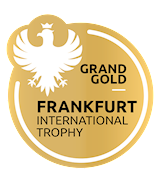
Frankfurt International Trophy - Grand Gold
2024, 2023, 2022, 2021
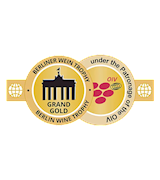
Berlin Wine Trophy - Grand Gold
2022
As brothers, we complemented each other very well even as children, despite our different interests and talents. This is still the case today and we can contribute to the success of our family winery with our know-how on various levels: We enjoy working together in our vineyards, Hans Michael bears great responsibility for the style and expressiveness of our wines in the cellar and Andreas is responsible for sales and presence at tastings.
We stand for stability, handshake quality, family history, but also for a new perspective on the whole - and the naturalness among brothers to always challenge each other with respect and to develop new things together.
AWARDS
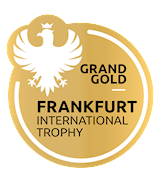
Frankfurt International Trophy - Grand Gold
2024, 2019
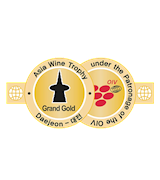
Asia Wine Trophy - Grand Gold
2023, 2020
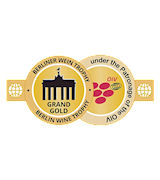
Berlin Wine Trophy - Grand Gold
2023, 2018
BEST Gebrüder Nittnaus Gols Wines
The Kracher Winery lies in the Seewinkel area of Austria´s Burgenland. Here, through the evaporative periods of Lake Neusiedl, the evening fog and the warm Pannonian climate, continuous warm-humid weather patterns are dominant and, therefore, allow for Botrytis cinerea to be generated.
This is what provides the basis for the fantastic sweet wines such as Beerenauslese and Trockenbeerenauslese.
AWARDS

Berlin Wine Trophy - Grand Gold
2024
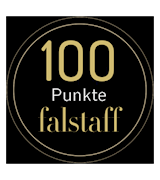
Falstaff - 100
BEST Weinlaubenhof Kracher Wines
AWARDS

James Suckling - 100 points
2024

Falstaff - 100

Falstaff - 99
BEST Weingut Franz Hirtzberger Wines
AWARDS

James Suckling - 100 points
2024

Falstaff - 100

Falstaff - 99
BEST Weingut F. X. Pichler Wines
AWARDS

Falstaff - 100

Falstaff - 99
BEST Weingut Scheiblhofer Wines
AWARDS
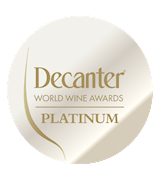
Decanter World Wine Awards - Platinum
2022

Falstaff - 100

Falstaff - 99
AWARDS

Falstaff - 100

Falstaff - 99
The Krugs have been growing wine in Gumpoldskirchen since 1746. In 1998, the wine cellar was relocated and a modern, functional winery was built in the middle of the vineyards. Today, we cultivate 35 hectares of the best sites in the thermal region and are committed to natural winegrowing.
We place as much value on the careful care of the vineyards as on the strict selection of healthy, ripe grapes. And when developing the wines, we use a treasure trove that only a few wineries in the world can afford: wines from the best vintages.
AWARDS
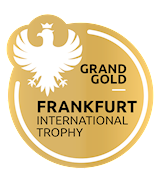
Frankfurt International Trophy - Grand Gold
2021, 2019, 2017
BEST Krug Gumpoldskirchen Wines
AWARDS

Falstaff - 100

Falstaff - 99
TABLE OF CONTENTS
Best Austrian Wines
MASSIV RED Toprotweincuvée is a bold and powerful red wine that blends several carefully selected grape varieties. This wine is known for its deep, rich color and intense aromas of dark fruits, such as blackberries and cherries, along with hints of spice and earthy undertones.
On the palate, it offers a full-bodied experience with structured tannins and a smooth, long finish. The combination of ripe fruit flavors and a well-integrated acidity gives this wine a balanced, yet robust character. Perfect for pairing with hearty dishes, MASSIV RED is a wine that stands out for its strength and complexity.
AWARDS

Berlin Wine Trophy - Grand Gold
2024, 2022, 2021
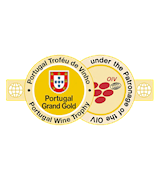
Portugal Wine Trophy - Grand Gold
2022
AWARDS
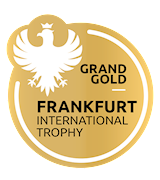
Frankfurt International Trophy - Grand Gold
2024

Portugal Wine Trophy - Grand Gold
2021

Berlin Wine Trophy - Grand Gold
2018
AWARDS

Frankfurt International Trophy - Grand Gold
2024, 2021
AWARDS

Frankfurt International Trophy - Grand Gold
2024, 2019
AWARDS

Berlin Wine Trophy - Grand Gold
2024

Falstaff - 100
AWARDS

Berlin Wine Trophy - Grand Gold
2022

Frankfurt International Trophy - Grand Gold
2021
FX Pichler's Riesling Ried Kellerberg 2023 is a distinguished white wine from Austria's Wachau region, sourced from the esteemed Kellerberg vineyard. This vineyard is renowned for its unique terroir, characterized by weathered gneiss soils and steep terraces that contribute to the wine's exceptional quality.
On the nose, the wine reveals a complex bouquet of peach, mango, and subtle herbal notes, underscored by a pronounced minerality. The palate is fresh and electrifying, with a seamless integration of fruit and acidity, leading to a long, mineral-driven finish.
AWARDS

James Suckling - 100 points
2024
Hirtzberger Riesling Ried Singerriedel Smaragd 2023 is a premium white wine from the Wachau region in Austria, crafted by the esteemed Hirtzberger winery. The Singerriedel vineyard is renowned for its steep terraces with slopes up to 70%, composed of paragneiss with a sparse sandy overlay, providing ideal conditions for cultivating elegant Riesling grapes with significant aging potential.
The 2023 vintage showcases a radiant pale yellow-green hue with silver reflections. On the nose, it offers a mineral-driven bouquet with notes of white peach, lime zest, floral hints, and underlying yellow tropical fruit, creating an inviting aroma profile.
AWARDS

James Suckling - 100 points
2024
AWARDS

Decanter World Wine Awards - Best in Show
2022
AWARDS

Decanter World Wine Awards - Best in Show
2023
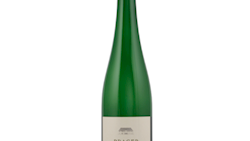

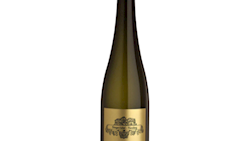


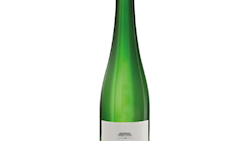

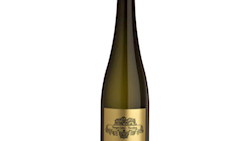

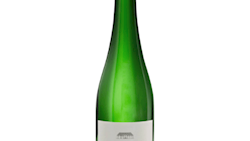



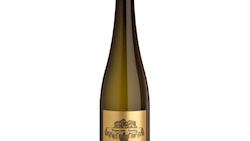

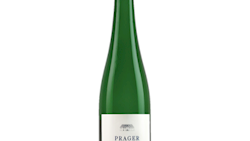

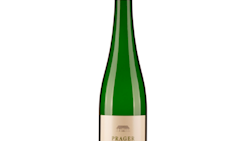

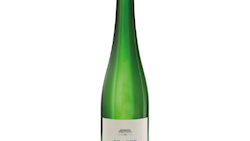

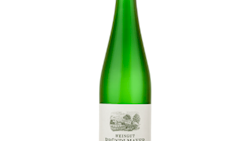



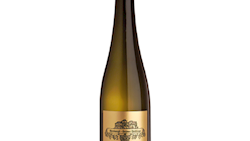

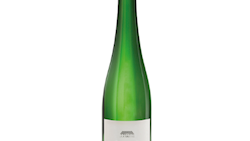

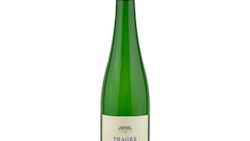

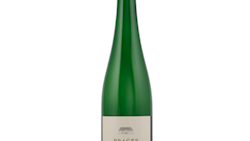

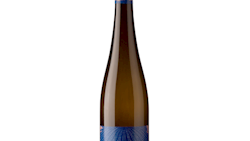

TasteAtlas food rankings are based on the ratings of the TasteAtlas audience, with a series of mechanisms that recognize real users and that ignore bot, nationalist or local patriotic ratings, and give additional value to the ratings of users that the system recognizes as knowledgeable. TasteAtlas Rankings should not be seen as the final global conclusion about food. Their purpose is to promote excellent local foods, instill pride in traditional dishes, and arouse curiosity about dishes you haven’t tried.













